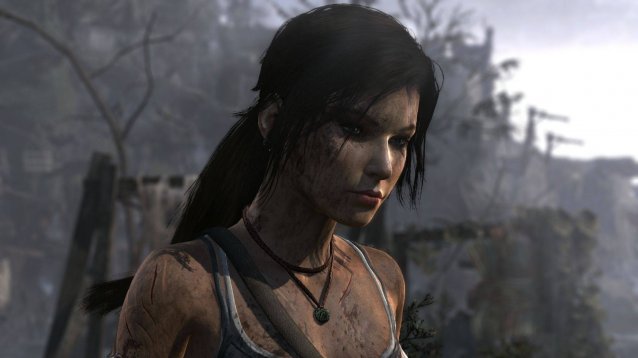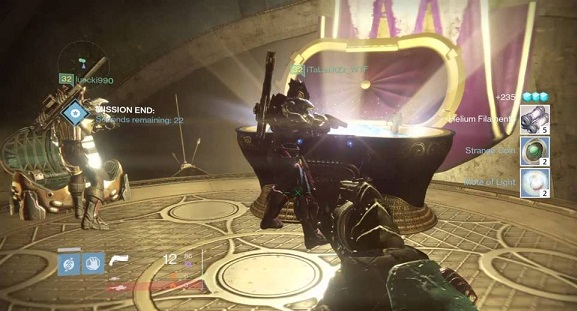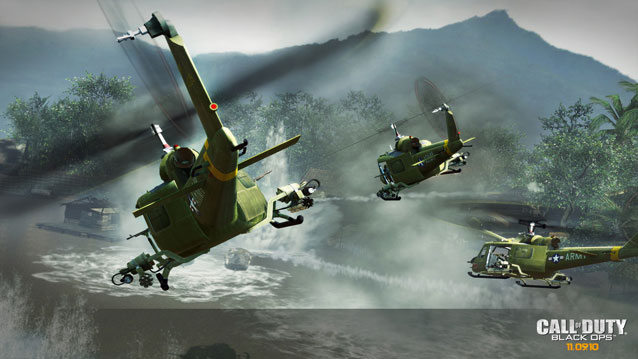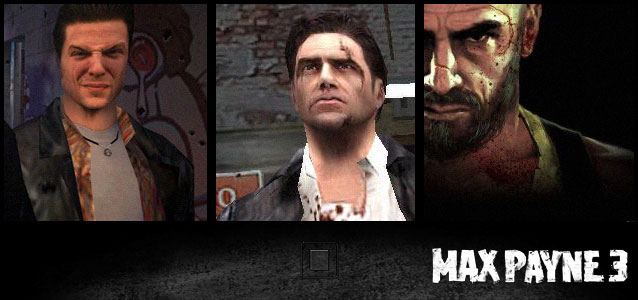

Realism. It’s what defines modern gaming… less and less whimsical 2D platformers, more and more hardcore 3D shooters set in the Middle East. Every year, we expect a technological leap forward in detailed graphics, believable sound, and immersive control, all in the pursuit of realism.
Then a game like I Am Alive comes along, gives us a gritty taste of true realism, and reminds us why rule-bending escapism is easier. If you’re searching for a do-or-die intensity and honest difficulty not often found in games these days, you should definitely play I Am Alive – just remember that the real world can be an unforgiving and, occasionally, uninteresting place.
Here’s the high concept that makes I Am Alive uniquely authentic: One year after a cataclysmic earthquake shakes the world to post-apocalyptic dust, you play an unnamed man returning through the wreckage and rubble to reunite with his wife and daughter. Over the course of a 4-5 hour campaign, you’ll scale the sides of crumbling buildings, fight off violent looters, and navigate smoke-choked streets. It’s a little like Uncharted by way of Silent Hill, with a rather compelling story of survival and sacrifice told along the way.
The key difference between this protagonist and a character like Nathan Drake, however, is limitation. I Am Alive’s hero can’t sprint or climb for long before he runs out of stamina… and if that stamina bar comes up dry while you’re hanging from a cliff or clinging to the girders of an elevator shaft, you’ll lose your grip and fall to your death. Just like real life. I Am Alive’s hero also can’t shoot an endless number of bullets, because he often only has one or two in his weapon’s chamber at a time... and if an enemy hears the click click click of that empty clip, he’ll rush and kill you instantly. Just like real life (we assume).
This everyman nature leads to some seriously nerve-wracking moments and pulse-quickening gameplay mechanics. When you’re surrounded by more thugs than you have bullets, you’ll quickly have to decide: Do I reveal I have a gun and try to frighten them off? Or keep it concealed, wait for the leader to approach, then surprise him with a machete to the throat? Should you waste multiple bullets, or risk equipping your bow and try to take multiple enemies out with the single recyclable arrow in your quiver? Which enemies are more likely to surrender, and which are more likely to call your bluffs?
Climbs are just as strategically harrowing, with careful timing, controlled sliding, scattered footholds and frugal inventory management the only tools at your disposal. Later in I Am Alive, you must even plan the simple act of walking down the street, as heavier, deadlier smog forces you to find pockets of fresh air (or steal a gas mask from a fallen foe) to survive.
It's all very interesting and intense... until it isn't. At some point, probably with a couple hours of playtime still ahead, you'll realize I Am Alive has a limited number of these ideas and is merely going to replicate them for the remainder of the game. That's not to say the second half is any worse than the first - you just won't be as caught off-guard by its innovative tricks. The unusual becomes the familiar, and unfortunately, it's right around the same time that enemy encounters increase in size and the game's stingy replay allowance starts working against you. Or around the same time that your eyes glaze over from the endless palette of dusty brown visuals.
Yes, you may tire of I Am Alive before you reach the credits, but the overall experience is still an intense and worthwhile one - the game not only forces you to take risks, it takes some great risks itself. If you’ve already tired of every other shooter’s and climber’s formulas, this hybrid will surprise you, test you, and remind you why experimentation in games is always a good thing, even when it doesn’t fully work out.




 Gears of War 3 Best Weapons Guide
Gears of War 3 Best Weapons Guide Destiny The Taken King Strange Coins Farming guide
Destiny The Taken King Strange Coins Farming guide Interview: David Vonderhaar, Black Ops Game Design Director at Treyarch
Interview: David Vonderhaar, Black Ops Game Design Director at Treyarch Max Payne 3: The Rise, Fall and Future of Max Payne
Max Payne 3: The Rise, Fall and Future of Max Payne Medal of Honor Warfighter Guide
Medal of Honor Warfighter Guide